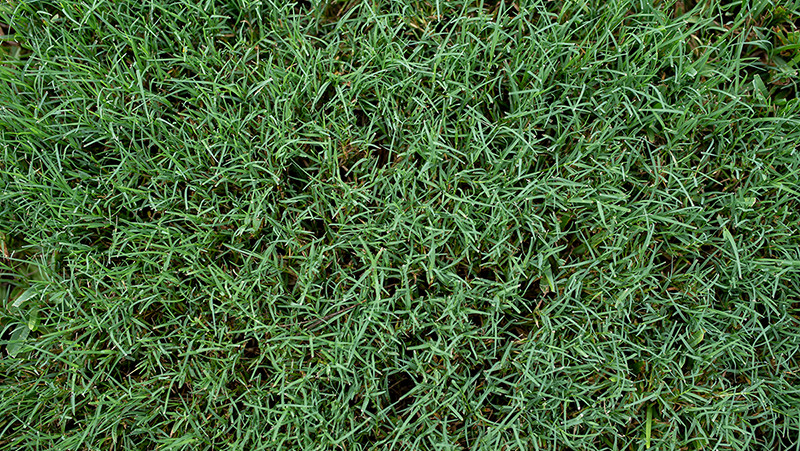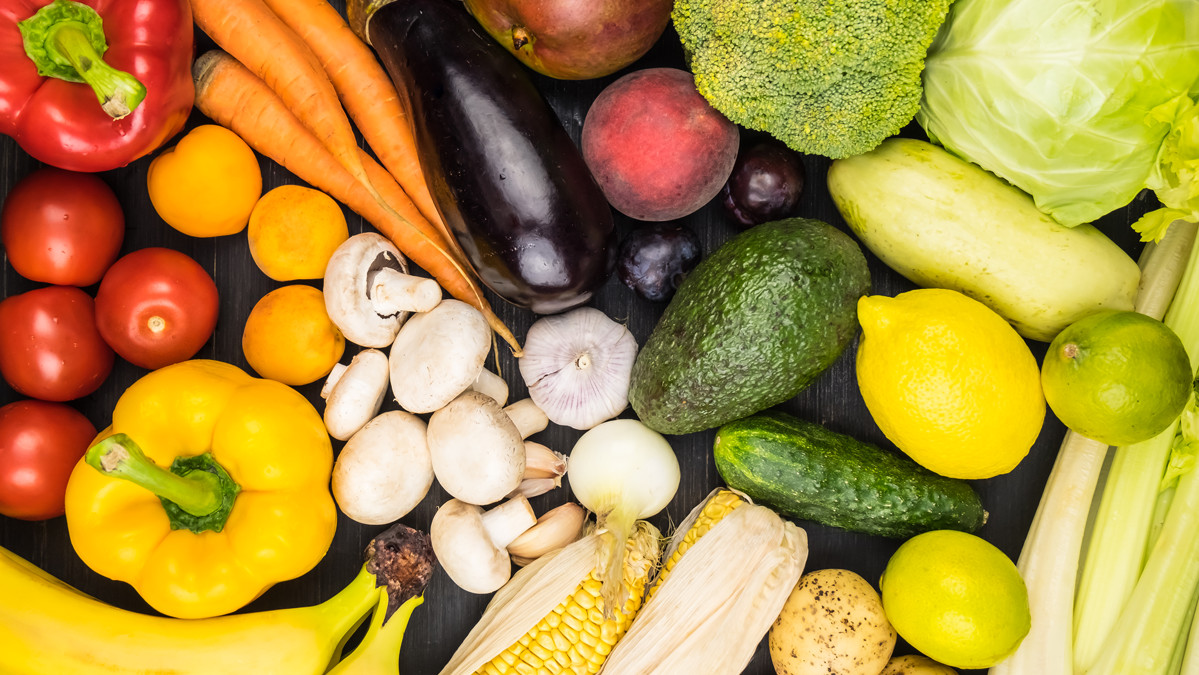ESOP collects terrestrial vegetation twice a year, whereas edible vegetation is more dependent on availability. Both types of vegetation have the ability to uptake chemicals and be a route for human exposure.
Terrestrial Vegetation
ESOP collects samples of Bermuda grass (Cynodon dactylon) on and around the perimeter of SRS for the presence of radionuclides. Vegetation is collected on-site, along the perimeter of SRS, and within 25 miles of the center of SRS (Terrestrial Vegetation Monitoring locations). Samples are split with SRS, as available, and are analyzed for tritium and gamma-emitting radionuclides.
Edible Vegetation
ESOP monitors the uptake of radionuclides in foodstuffs (domestic or wild vegetables and fruit) according to the growing season. Wild, edible fungi is collected upon availability. Sample collection points are determined by the availability of crops and the sampling location in relation to the perimeter of SRS (Edible Vegetation Monitoring locations). Samples are analyzed for tritium and gamma-emitting radionuclides.

